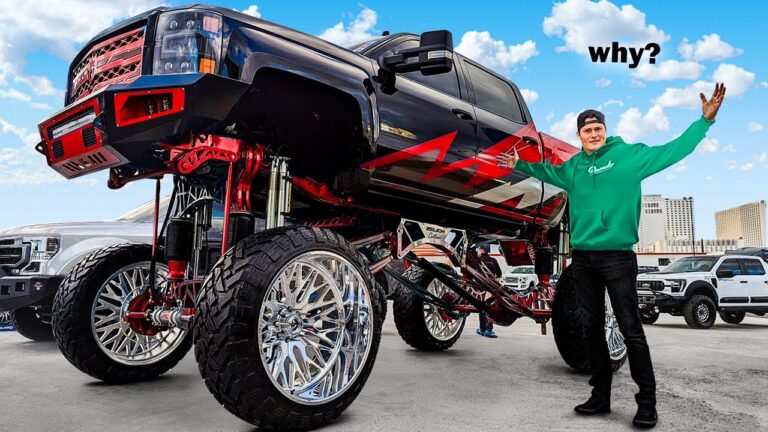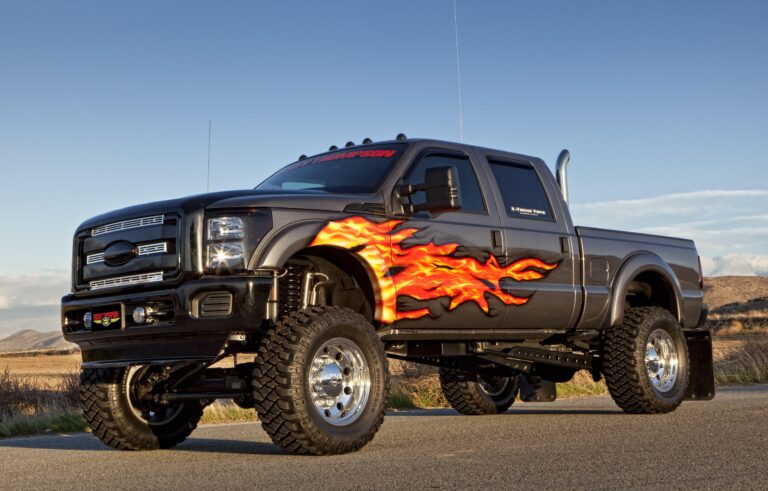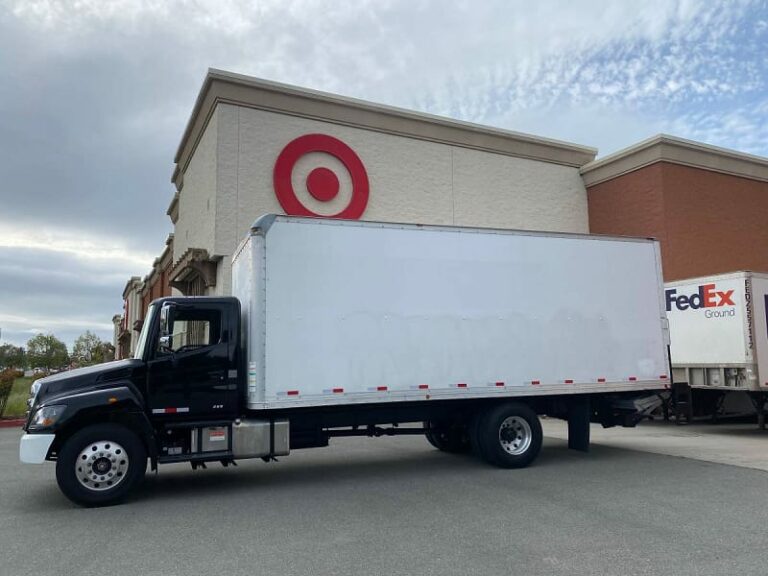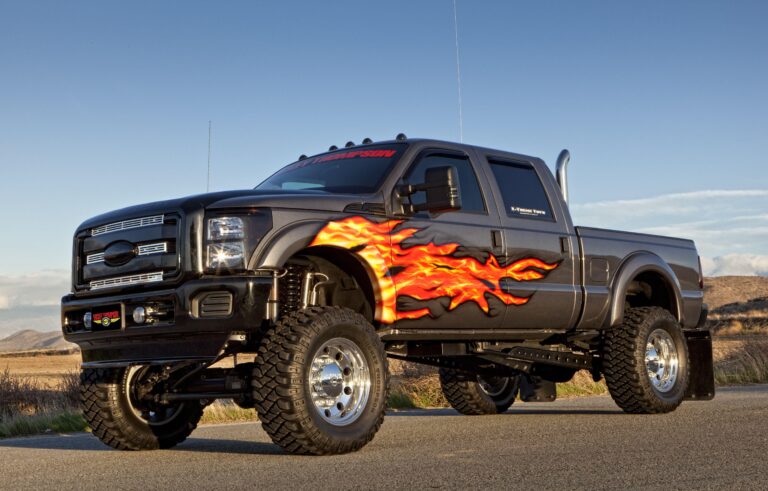U-Haul Car Trailer Rental Prices And Sizes: Your Comprehensive Guide to Moving Vehicles
U-Haul Car Trailer Rental Prices And Sizes: Your Comprehensive Guide to Moving Vehicles cars.truckstrend.com
Moving a vehicle, whether it’s across town or across the country, can be a daunting task. For many, driving the vehicle itself isn’t an option due to distance, mechanical issues, or the need to transport multiple vehicles. This is where U-Haul car trailers step in as an invaluable solution. Offering a range of options designed to safely transport your car, truck, or SUV, U-Haul provides a flexible and often cost-effective alternative to professional auto transport services.
This comprehensive guide will delve into the intricacies of U-Haul car trailer rentals, exploring the various types available, their dimensions and weight capacities, and the factors that influence their rental prices. We’ll provide practical advice, essential safety tips, and address common queries to ensure you’re fully equipped to make an informed decision for your vehicle transport needs.
U-Haul Car Trailer Rental Prices And Sizes: Your Comprehensive Guide to Moving Vehicles
Understanding U-Haul Car Trailer Options: Auto Transport vs. Tow Dolly
U-Haul primarily offers two distinct types of car trailers: the Auto Transport and the Tow Dolly. Each serves a specific purpose, catering to different vehicle types, distances, and budgets. Understanding their differences is crucial for choosing the right option for your move.
The U-Haul Auto Transport Trailer
The U-Haul Auto Transport is a full-platform trailer designed to carry your entire vehicle with all four wheels off the ground. It’s akin to a miniature flatbed for your car.
- Description: The Auto Transport features sturdy ramps for easy loading, integrated tie-down straps, and a low center of gravity for enhanced stability. Your vehicle is secured onto the platform, ensuring no wear and tear on its tires, drivetrain, or suspension during transit.
- Benefits:
- Maximum Security: All four wheels are off the ground, providing superior protection against road hazards and minimizing wear on the towed vehicle.
- Versatility: Suitable for virtually all types of vehicles, including front-wheel drive (FWD), rear-wheel drive (RWD), and crucial for all-wheel drive (AWD) or four-wheel drive (4WD) vehicles, which cannot be towed with two wheels on the ground.
- Long-Distance Travel: Ideal for cross-country moves where minimizing vehicle mileage and potential damage is a priority.
- Non-Running Vehicles: Can be used to transport vehicles that are not in running condition, provided they can be winched or pushed onto the trailer.

- Approximate Sizes/Capacity:
- Max Towed Vehicle Weight: Approximately 5,290 lbs.
- Max Towed Vehicle Width (Outside Tire): Approximately 79.25 inches.
- Deck Length: Approximately 145 inches (from front of fender to end of ramp).
- Fender Height: Approximately 20 inches (clearance for car doors).
- Minimum Wheelbase: 42 inches.
- Maximum Wheelbase: 85 inches.

![]()
The U-Haul Tow Dolly
The U-Haul Tow Dolly is a two-wheel trailer that lifts the front two wheels of your vehicle off the ground while the rear two wheels remain on the road.
- Description: The Tow Dolly is lighter and more compact than the Auto Transport. It features ramps for loading the front wheels and integrated straps to secure them. The towed vehicle’s steering must be unlocked, and its parking brake disengaged for proper towing.
- Benefits:
- Cost-Effective: Generally more affordable to rent than the Auto Transport.
- Lighter Weight: Easier to maneuver and requires less powerful tow vehicles (though compatibility is still critical).
- Shorter Distances: A good option for local moves or shorter trips where minimal wear on the towed vehicle’s rear tires is acceptable.
- Front-Wheel Drive Focus: Primarily designed for FWD vehicles, as their rear wheels are freewheeling. RWD vehicles can sometimes be towed backward, but this is less common and requires specific considerations.
- Approximate Sizes/Capacity:
- Max Towed Vehicle Weight: Approximately 3,900 lbs.
- Max Towed Vehicle Width (Outside Tire): Approximately 75 inches.
- Minimum Wheelbase: 42 inches.
- Maximum Wheelbase: 76 inches.
Key Decision Factors: When choosing between an Auto Transport and a Tow Dolly, consider the distance of your move, the type of vehicle you’re towing (especially if it’s AWD/4WD), your budget, and your comfort level with the towing process. For peace of mind and maximum vehicle protection, especially over long distances or with sensitive vehicles, the Auto Transport is almost always the superior choice.
U-Haul Car Trailer Rental Prices: What Influences the Cost?
U-Haul’s pricing model is dynamic, meaning rental costs can fluctuate significantly based on several factors. There isn’t a fixed national price list, but rather a system that considers demand, availability, and specific rental parameters.
Here’s what influences the cost of a U-Haul car trailer rental:
- Distance and Duration (Local vs. One-Way):
- Local Rentals: Typically 24-hour rentals where you pick up and return the trailer to the same U-Haul location. These are generally the most affordable, often priced per day.
- One-Way Rentals: Designed for long-distance moves where you pick up the trailer at one location and drop it off at a different one. These are priced per trip, regardless of the number of days (within a reasonable timeframe specified by U-Haul), and are considerably more expensive than local rentals.
- Trailer Type: As mentioned, the Auto Transport is generally more expensive to rent than the Tow Dolly due to its larger size, higher capacity, and increased utility.
- Location: Prices can vary based on the pick-up and drop-off locations. High-demand areas or routes may see higher prices. Similarly, if a specific location has an oversupply of trailers, prices might be lower.
- Time of Year and Seasonality: Peak moving seasons (late spring to early fall, especially summer months) and specific times (end of the month) typically see higher demand and, consequently, higher prices. Booking during off-peak times can sometimes result in savings.
- Availability: If a particular trailer type is in high demand and low supply at your desired location, the price might increase, or you might be forced to choose a more expensive alternative.
- Additional Costs and Optional Services:
- Insurance: U-Haul offers various coverage plans, such as "Safetow," which covers damage to the trailer and often the towed vehicle. While optional, it’s highly recommended as your personal auto insurance might not cover damage incurred while towing.
- Taxes and Fees: State and local taxes, as well as environmental or administrative fees, will be added to the base rental price.
- Late Fees: If you fail to return the trailer by the agreed-upon time, late fees can accrue rapidly.
Practical Advice: To get the most accurate pricing, always use U-Haul’s online reservation system. Input your exact pick-up and drop-off locations, desired dates, and the specific vehicles you intend to tow and be towed. This will generate a precise quote for your scenario.
Estimated U-Haul Car Trailer Rental Prices and Sizes
Please note: All prices are estimates and subject to change based on location, availability, season, and specific rental dates. U-Haul’s pricing is dynamic, and the only way to get an accurate quote is directly from U-Haul for your specific rental scenario.
| Trailer Type | Key Features | Max. Towed Vehicle Weight (Approx.) | Max. Towed Vehicle Width (Outside Tire) | Estimated Local Rental Price (Daily) | Estimated One-Way Rental Price (Per Trip) |
|---|---|---|---|---|---|
| Tow Dolly | Two wheels up, two wheels down. Ideal for FWD/some RWD. Lighter, more economical. | 3,900 lbs | 75 inches | $40 – $60 | $150 – $250+ |
| Auto Transport | Four wheels up. Suitable for FWD, RWD, AWD. More secure, less wear on towed vehicle. Heavier, more stable. | 5,290 lbs | 79.25 inches | $60 – $80 | $300 – $800+ |
How to Rent a U-Haul Car Trailer: A Step-by-Step Guide
Renting a U-Haul car trailer is a straightforward process, but careful planning and attention to detail are paramount for a safe and successful tow.
-
Determine Your Needs:
- What vehicle are you towing? (Make, model, year, FWD/RWD/AWD)
- What vehicle will be doing the towing? (Make, model, year, engine size, towing capacity)
- How far are you going? (Local vs. one-way)
- What’s your budget?
-
Check Compatibility (Crucial Step!):
- Visit the U-Haul website and use their "Tow a Car" tool. You’ll input details for both your tow vehicle and the vehicle being towed.
- U-Haul will instantly tell you if the combination is compatible and which trailer type (Tow Dolly or Auto Transport) is recommended or required. This step ensures your tow vehicle has adequate power and braking capacity.
-
Get a Quote and Reserve:
- Once compatibility is confirmed, proceed to get a quote online. Provide your desired pick-up and drop-off locations, dates, and the confirmed vehicle details.
- Review the quote, including the base price, estimated taxes, and any optional insurance.
- Reserve your trailer. It’s highly recommended to do this in advance, especially during peak moving seasons, to ensure availability and potentially better rates.
-
Pick Up Your Trailer:
- Arrive at the U-Haul location at your scheduled time.
- The U-Haul representative will assist with hitching the trailer to your tow vehicle. They will ensure the hitch ball size is correct (usually 2" or 2 5/16") and that the safety chains and electrical connections are properly secured.
- Perform a thorough inspection: Before leaving the lot, check the trailer’s tires (for proper inflation and tread), lights (brake, turn, running lights), and overall condition. Report any existing damage.
-
Loading Your Vehicle:
- Follow U-Haul’s specific instructions for loading your vehicle onto the trailer. These are often displayed on the trailer itself or available via QR codes for videos.
- Auto Transport: Drive or winch the vehicle onto the platform, ensure it’s centered, engage the parking brake, and secure all four wheels with the integrated ratchet straps. Double-check strap tightness.
- Tow Dolly: Drive the front wheels onto the ramps, ensuring they are centered. Secure the front wheels with the integrated straps. Ensure the towed vehicle’s steering is unlocked and the parking brake is off.
- Weight Distribution: Proper loading is critical for safe towing. An uneven load can cause dangerous trailer sway.
-
Driving Safely with a Trailer:
- Speed Limits: U-Haul recommends a maximum speed of 55 mph when towing. Many states have lower speed limits for vehicles towing trailers.
- Increased Stopping Distance: Your combined vehicle will be much heavier, requiring significantly more distance to stop.
- Wider Turns: Account for the extra length of the trailer when making turns.
- Lane Changes: Allow ample space for lane changes and always signal well in advance.
- Regular Checks: Periodically pull over to check the security of your straps, hitch connection, and trailer tires.
-
Return Your Trailer:
- Return the trailer to the agreed-upon U-Haul location by the specified time.
- Remove your vehicle from the trailer safely.
- A U-Haul representative will check the trailer back in.
Important Considerations and Safety Tips
Towing a vehicle is not just about renting the right equipment; it’s also about understanding the responsibilities and safety protocols involved.
- Tow Vehicle Capacity: This is paramount. Your tow vehicle’s Gross Combined Weight Rating (GCWR) must exceed the total weight of your tow vehicle, the trailer (empty), and the towed vehicle. Never exceed your tow vehicle’s manufacturer-specified towing capacity.
- Hitch Requirements: Your tow vehicle needs a proper receiver hitch (typically Class II, III, or IV) and a hitch ball of the correct size (usually 2" for dollies, and 2" or 2 5/16" for auto transports).
- Lighting and Connections: Ensure all trailer lights (brake, turn, running) are fully functional and connected properly to your tow vehicle’s electrical system.
- Tire Pressure: Always check the tire pressure of both your tow vehicle and the trailer before starting your journey. Underinflated tires are a significant safety hazard.
- Insurance Coverage: Confirm your personal auto insurance policy covers damage while towing a rental trailer and any potential damage to the towed vehicle. If not, consider U-Haul’s Safetow or other supplemental insurance options.
- Pre-Trip Inspection: Before every leg of your journey, conduct a quick inspection of the hitch, safety chains, electrical connection, tire pressure, and strap tightness.
- Practice Driving: If you’re new to towing, practice in a safe, open area (like a large, empty parking lot) before hitting the open road. Get a feel for turns, braking, and backing up.
- Fuel Efficiency: Expect a significant drop in your tow vehicle’s fuel efficiency when towing. Budget for increased fuel costs.
Frequently Asked Questions (FAQ)
Q: Can I tow any vehicle with a U-Haul trailer?
A: No. U-Haul has strict compatibility requirements for both the tow vehicle and the vehicle being towed. Always use their online compatibility tool to ensure your vehicles meet the necessary criteria for weight, wheelbase, and type (e.g., AWD/4WD requires an Auto Transport).
Q: Do I need special insurance to rent a U-Haul car trailer?
A: While not legally required, it is highly recommended. Your personal auto insurance may not cover damage to the rental trailer or the towed vehicle. U-Haul offers "Safetow" coverage, which provides protection for both. It’s wise to check with your insurance provider and consider U-Haul’s options.
Q: What kind of hitch do I need for my tow vehicle?
A: You’ll need a properly installed receiver hitch (typically Class II, III, or IV) on your tow vehicle. The hitch ball size required is usually 2 inches for the Tow Dolly and either 2 inches or 2 5/16 inches for the Auto Transport, depending on the specific trailer.
Q: Can I pick up a trailer in one city and drop it off in another?
A: Yes, for one-way rentals, you can pick up a trailer at one U-Haul location and drop it off at a different one. This is common for long-distance moves. Local rentals require pick-up and drop-off at the same location.
Q: How fast can I drive with a U-Haul trailer?
A: U-Haul recommends a maximum speed of 55 mph when towing any of their equipment. Always obey posted speed limits, especially those specific to vehicles towing trailers, which may be lower than standard limits.
Q: Are there any hidden fees with U-Haul trailer rentals?
A: There are no "hidden" fees if you get a full quote. However, be aware of standard additions like state/local taxes, environmental fees, and optional insurance. Late return fees can also apply if you exceed your rental period.
Q: My vehicle is AWD/4WD. Can I use a Tow Dolly?
A: No, vehicles with All-Wheel Drive (AWD) or Four-Wheel Drive (4WD) must be transported on an Auto Transport trailer, with all four wheels off the ground. Using a Tow Dolly can cause severe damage to the vehicle’s drivetrain.
Q: Do I need to check the tire pressure on the trailer?
A: Yes, absolutely. It’s crucial to check the tire pressure on both your tow vehicle and the U-Haul trailer before you start your journey and periodically during long trips. Proper tire pressure is vital for safety and stability.
Q: Can I rent a U-Haul car trailer without also renting a U-Haul truck?
A: Yes, you can rent a U-Haul car trailer to tow with your personal vehicle, provided your vehicle meets U-Haul’s towing requirements and has the necessary hitch setup.
Conclusion
U-Haul car trailer rentals offer a practical, versatile, and often economical solution for transporting vehicles, whether it’s for a cross-country relocation, bringing home a new purchase, or moving a non-running car. By understanding the distinct features of the Auto Transport and Tow Dolly, the factors influencing their prices, and adhering to essential safety guidelines, you can navigate the rental process with confidence.
Thorough planning, utilizing U-Haul’s compatibility tools, and prioritizing safety above all else will ensure your vehicle arrives at its destination securely and without incident. With the right preparation, U-Haul car trailers can be a powerful asset in simplifying your vehicle transportation needs, allowing you to focus on the journey ahead.






